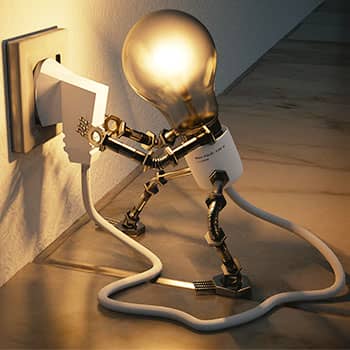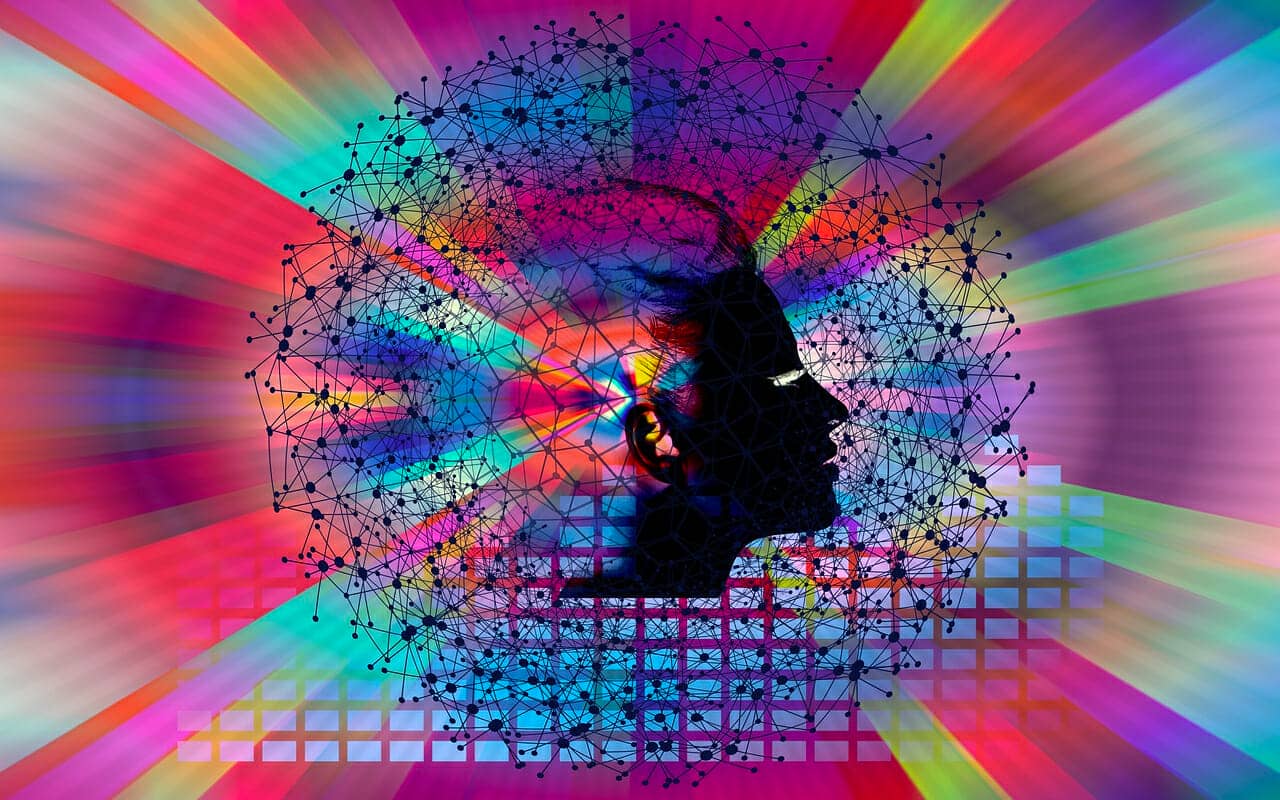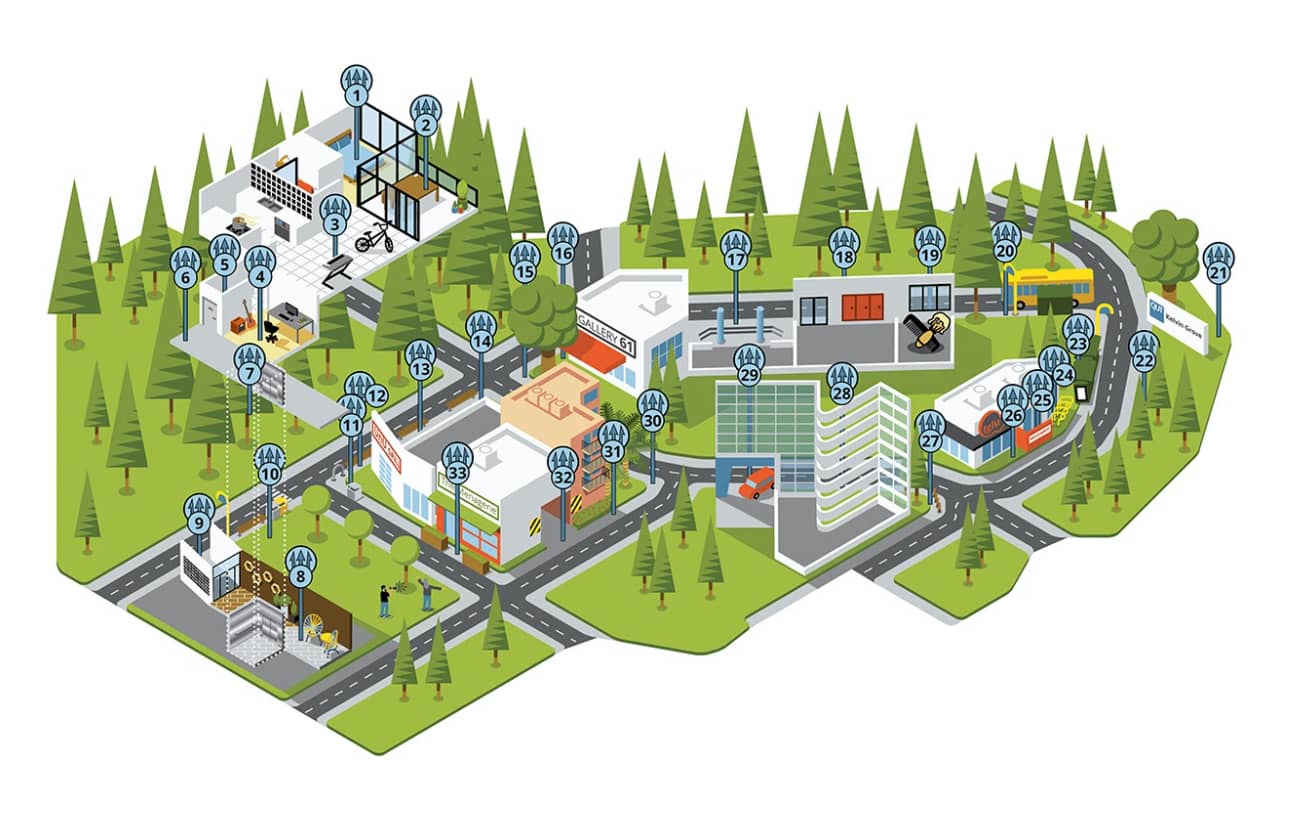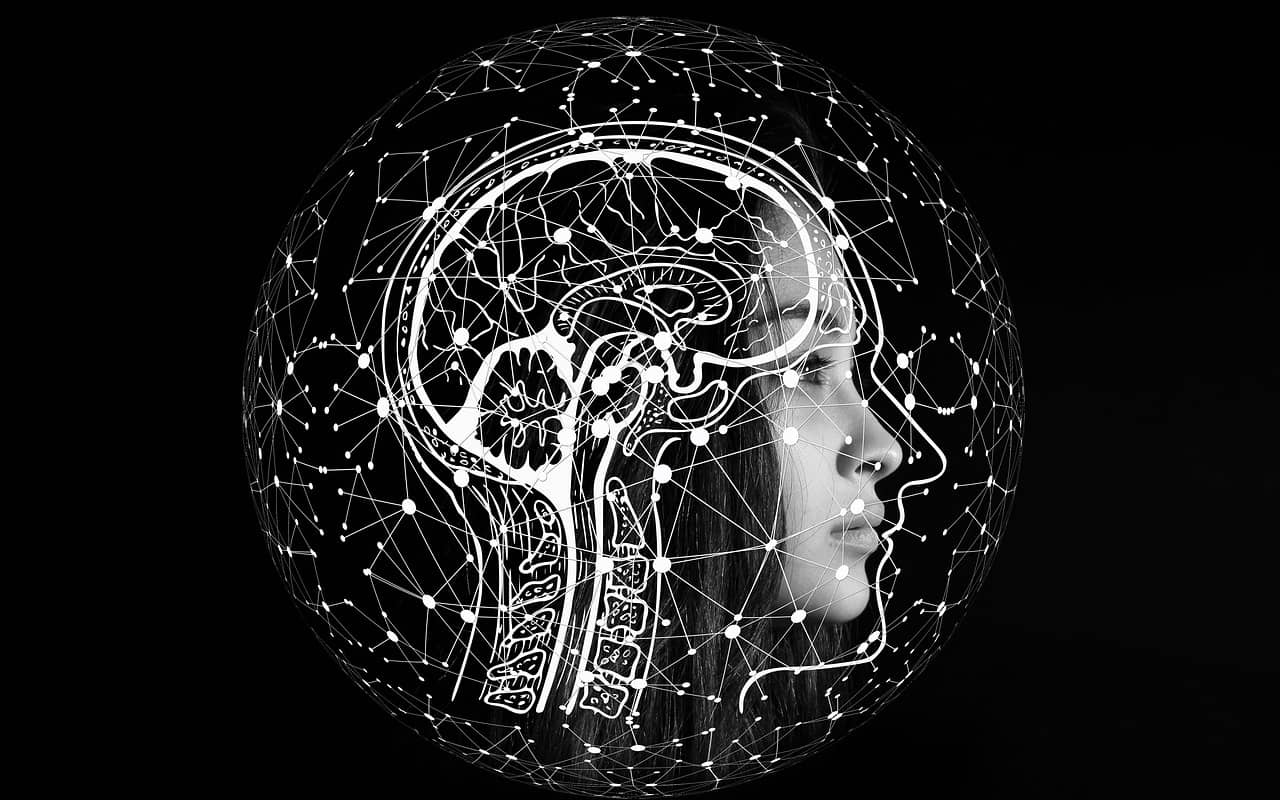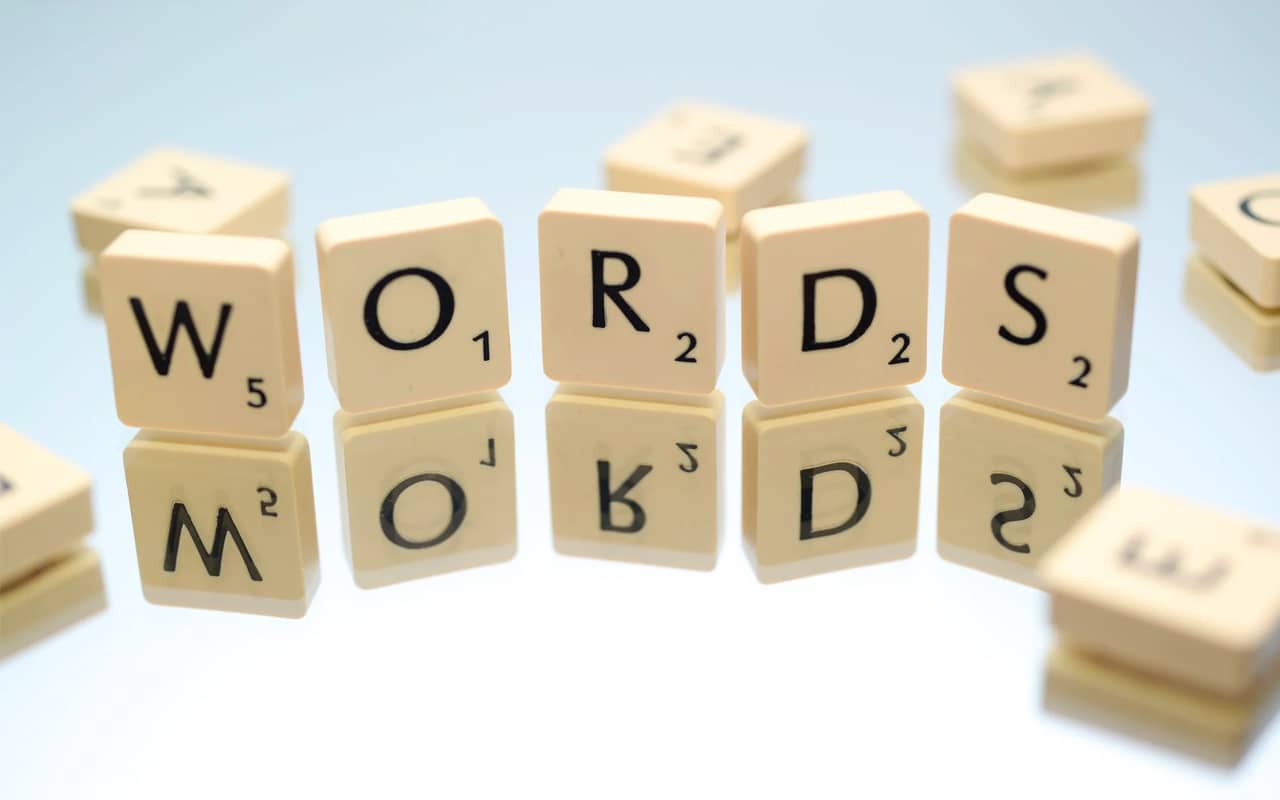Podcast: Download
Subscribe: Apple Podcasts | RSS
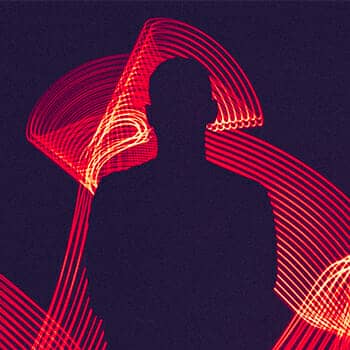 Mental imagery describes your brain’s ability to do something amazing:
Mental imagery describes your brain’s ability to do something amazing:
You can literally recreate sensory experiences without experiencing external stimuli.
In other words, you can “see,” “hear,” “feel” and even experience concepts purely by imagining them.
Or can you?
There’s tons of data about what mental imagery is.
Oodles of opinions. Lots of debates.
And unfortunately, very little consensus.
That’s fine. That’s what science is all about.
But when it comes to memory, both in terms of psychology and using the Magnetic Memory Method to achieve your learning goals, you need a better definition of mental imagery.
And on this page, you’re going to get it.
Not only will you discover everything you need to know about mental imagery’s role in psychological perception.
You’ll also be able to use your newfound understanding to transform abstract data into memorable experiences, making your learning more effective, efficient and fun.
Ready?
Let’s dive in!
What Is Mental Imagery?
In cognitive psychology, the definition of mental imagery is straightforward.
It’s usually defined as “the ability to create and manipulate images in one’s mind without direct sensory input.”
But “images” aren’t just pictures or visual representations. We’re also talking about how the mind produces and manipulates auditory, tactile, olfactory, and gustatory experiences.
Other people think of mental imagery in terms of visualization techniques for success, either in business or sports performance.
That’s perfectly valid too. I often pre-visualize myself giving a speech and used to rehearse entire concerts in my mind before going out on tour with my band, The Outside.
How the Philosophy of Mental Imagery Differs From the Science
Then there are the philosophical debates.
In many them, many scholars of mental imagery challenge to the point of dismissal some of the most interesting findings in books like The Case for Mental Imagery.
In that interesting work, Stephen Kosslyn party treats mental imagery as spatial and suggests there’s a 1:1 correspondence between the location of images in the world and where the brain stores them in memory.
Although the philosophical debates are not without reflective thinking, those dismissing Kosslyn seem to be pleading for their own special definition. I’m all for the pursuit of truth, but sometimes it gets to be a bit much.
Mental Imagery in Other Fields (Like Memory Training)
There’s also the role of mental imagery and mindfulness, not to mention the neuroscience of mental imagery.
But for our purposes in the world of memory training, let’s expand how we approach these mental experiences. That way we can improve our use of mnemonics.
To begin, here’s a core principle I’ve found useful with my memory coaching clients for many years:
Mental imagery is an experience in the mind that resembles how you could potentially interact with real people, places and objects.
This definition assumes that everything imaginary is based on an extension of the real world. And personally, I take the real world to include concepts, something I’ve taught for years as the “conceptual mode,” part of KAVE COGS.
The Conceptual Aspect of Images in the Mind
This might sound a bit far out there, but as William Marx highlights in his 2025 book, Libraries of the Mind, mental imagery has always existed far beyond the merely visual.
In fact, mental imagery is spatial and perhaps even something that operates much like life itself. As he points out, libraries house interconnected networks of knowledge and experiences that influence the future and reshape the “image” of how we perceive the past.
We also are able to experience books that don’t yet exist, drawing future works from mental shelves that can help us understand what we are reading in the present.
Nonetheless, the notion of what counts as a mental image remains controversial. To help find firmer footing, let’s take a look at some of the angles that help substantiate our basic working definition.
Iconic Memory
Iconic memory typically involves brief experiences of mental imagery. These images reside in short term memory and are typically disregarded.
Daydreaming, for example, is often completely forgotten seconds after the fantastic images enter the mind.
Or, your iconic memories may be striking enough to enter long term memory. They could even be as strong as flashbulb memories.
Some studies show that this kind of mental imagery helps with human movement through space as well.
There’s also potentially a relationship between these rapid mental images and verbal memory.
For example, the experience of mental images may not have any words involved. But experiencing a quick mental image prompts you to speak. It doesn’t provide the exact words per se, but is a deep generator of the message.
In sum: If you do or say something, this theory suggests that the image comes first, then the action.
Imagination
Did you ever play with an imaginary friend? Or even develop an entire paracosm of them?
If so, you’ve experienced a subjective mental state that no one can observe but you.
Your imaginary friend may appear and fade, sometimes feel concrete in your mind, other times abstract.
Either way, this kind of mental imagery leads to more than just fun. It can help you be creative, use memory techniques better and even solve problems.
The question here that no one has an answer to is this: can you invent anything in your mind? Or does mental imagery always need a starting point or some kind of association?
Personally, I think everything is connected in a wave of relations. Anything that seems original is always born out of something that already existed. As the literary theorist Northrop Frye put it, “all poems come from other poems.”
His point is important, especially when we think of mental imagery in art and creativity at large. As Lynne Kelly has pointed out in The Knowledge Gene, creativity is ultimately about making connections. Why some people do this and others don’t is ultimately a question of motivation more than the state of mental imagery itself.
Mnemonic Images
Using associations in pairs is well-known in the psychology of learning to be essential, particularly in areas like reading. Phonological awareness, for example, has been shown in studies to help with many aspects of literacy.
As my colleague in memory, Richard Ruben, has pointed out, people without phonological awareness struggle to use mnemonics. If they haven’t been taught to sound out the alphabet, they struggle later to make paired associations, for example. In fact, every letter of the alphabet is a paired association of at least a shape and a sound.
Overall, mnemonic images are essential to learning faster and remembering more.
In the case of using mnemonics as part of your studies, mental imagery helps extensively in combination with the Memory Palace technique as people imaginatively tie associations to loci.
Medical students, for example, rapidly form memories by using mental imagery. In fact, medical mnemonics is a huge industry, covering everything from anatomy, to pharmaceutical terms and information related to nursing.
Without paired associations made possible by mental imagery, people would have to rely solely on rote learning.
If you struggle to use these techniques and find yourself constantly falling back on rote, try these sensory memory exercises. They should help you feel more confident with the layers of mental imagery available to you.
In fact, if you attend to them closely enough, you could become as fast, if not faster, than a mnemonics dictionary.
For serious Memory Palace users, keep in mind that you can use virtual Memory Palaces. These are typically based on video game environments, but you can make up your own from scratch. All you have to consider is that increasing your cognitive load can make using these techniques to learn more time consuming than they need to be.
Demand Characteristics
Here’s a neat one:
In science, it’s important not to give away too much information. If people predict or intuit what’s going on in a study involving participants, they can skew the results.
This is because participating in a study creates pictures in your mind – think of the icon part of iconic memory.
And it’s not just that you think about what the study might be about. As we’ve seen, iconic memory dictates how we behave physically.
How do scientists deal with demand characteristics?
Their tactics include everything from double-blind studies to outright deception.
Dual-Coding Theory
This theory suggests that there’s a division between what you imagine visually and your verbal intelligence.
Essentially, the dual coding effect started with Allan Paivio who published over two hundred articles on this topic.
I find the theory problematic myself because his distinction between analogue codes and symbolic codes seems problematic. The first deals with anything in your visual perception. Symbolic codes deals strictly with words.
But aren’t words perceived too? And in a variety of ways? I can imagine the alphabet visually without tying it to a sound and imagine a sound wave produced by a technology I might not even know by name.
Alternative theories include propositional representation, parallel distributed processing, cognitive mapping and a number of constructivist theories that you might want to look at.
How Does Mental Imagery Compare with Perception?
Mental imagery and perception are two crucial processes that shape our understanding of the world. While both involve the representation of sensory information, they exhibit unique characteristics and play distinct roles in our cognitive experiences.
Mental imagery, often described as the ability to create sensory experiences in the absence of external stimuli, allows us to mentally represent and manipulate sensory information.
Of course, there are people without a mind’s eye (aphantasia) who are still able to do exactly this, creating a puzzle about what exactly imagery is in the mind, imagination and various stages of memory.
Similarly, perception involves the interpretation of sensory input from the external environment to form our conscious experience. We need this in order to enjoy the benefits of sensory learning.
Yet, there are people who cannot see, hear or feel with their limbs. They still manage to navigate the world and learn all kinds of things and use the major types of memory to learn and navigate the world.
At the end of the day, I’m convinced that mental imagery and perception are not separate, but joined at the hip in some very special ways.
And when it comes to using mental imagery as a mnemonic learning tool, this study demonstrates just how effective it can be for improving working memory, long-term memory and even fluid intelligence.
Unlimited Imagination?
Perception, with its emphases on access to actual learning material and your physical surroundings, is obviously bound by sensory input and material constraint. Our perception is literally limited by the information available from our senses and the physical properties of the objects and events in the external world.
Some people will argue that mental imagery is more flexible and unconstrained by the same physical limitations. They suggest that we can create vivid mental images that defy the laws of physics or imagine events that surpass the boundaries of our sensory experiences.
Although this may be true, the strength of our ability to do so comes down to reference and practice. By reference, I mean how well you read and how much. In order to imagine flexibly, you need deliberate practice with worthwhile books.
We will always be limited by both perception and mental imagery, but we can expand our limits by constantly learning.
Mental Imagery FAQs
Still got questions?
Here are some quick answers to the most common questions about this form of mental experience.
What is mental imagery?
This term usually refers to the mind’s ability to recreate a variety of sensory experiences without external stimuli.
A short list includes visual, auditory, kinaesthetic (or tactile) olfactory and gustatory sensations.
In the Magnetic Memory Method, we add emotional, conceptual and spatial mental experiences to expand our skills set with mnemonics.
Doing so is useful for achieving ambitious learning goals, like memorizing the key points in a textbook. If you’d like that skill, here’s my full guide on how to extract and memorize textbook material realistically.
What are some other types of mental imagery?
The exact list depends on who you ask. But some interesting examples we haven’t covered today include:
- Your sense of number
- Distance
- Dream imagery
- Imagining controlling your body without actually doing it (which is essentially kinaesthetic)
- Thinking symbolically, metaphorically, or poetically
How is mental imagery different than visualization?
In a word, you can have mental experiences without seeing them in your mind.
But typically when we talk about visualization, some kind of visual, mental picture is involved.
Can mental imagery be developed or improved?
Yes.
Memory training, brain exercise, neurobics and other activities like learning music, languages and math will help.
Will using AI tools like Chat-GPT weaken my mental imagery?
Although the risk exists, I don’t believe it has to harm your mental abilities at all.
As I discussed a short while ago with the host of the OpenAI podcast, Andrew Mayne on this episode of the Magnetic Memory Method Podcast, the future is bright for people who learn to use these tools.
It’s helpful to understand that some of the reason why people experience fear around new technologies is mental imagery itself at work.
We know the old phrase “use it or lose it” is true. Technically, it’s called deskilling.
And that’s going to happen as more and more people cognitively offload a lot of tasks onto artificial intelligence software programs.
But when you look at the bright side, you stand a chance of having way more personal time to paint, learn languages, master a musical instrument and apply memory techniques to those topics you’ve always wanted to learn.
How Memory Training Improves Your Mental Imagery
In order to enjoy much more interesting mental imagery that truly will expand your current limitations, you’ll want to start using memory techniques.
I suggest exploring:
Although that might seem like a lot to explore, you can rapidly learn each approach by starting with the Memory Palace technique.
Get my free course in order to learn how if you’d like more help:
You’ll get four clear, crisp and direct video lessons along with some worksheets that will help you understand mental imagery experientially.
The learning cycle I’ll take you through in this course helps you chunk even the toughest information down into small bits of mental imagery that you won’t soon forget by using the best possible mnemonic devices.
Final Thoughts: Harnessing the Power of Mental Imagery
You now know that mental imagery is about a lot more than visualization.
The term describes your mental ability to recreate sensory experiences without external stimuli.
It’s a pivotal faculty you use every day to learning, problem-solving and creating new things.
The Magnetic Memory Method leverages this ability of the mind to help you combine Memory Palaces with multi-sensory associations.
Personally, I think of mental imagery as a kind of “inner language” that helps you use this mental martial art of the mind.
You don’t have to embrace it this way. And that’s the point.
By cultivating your own skills with mental imagery, you can imagine your own terms. You can unlock more power for achieving your learning goals and improving your cognitive enhancement.
And the more you study and practice the nature of your mind, the better everything about your mental life becomes.
Related Posts
- Aphantasia: Develop Your Memory Even If You Cannot See Mental Imagery
Ever struggled to create mental images? You might have aphantasia. Using image streaming, people with…
- Memory Athlete Braden Adams On The Benefits Of Memory Competition
Braden Adams is one of the most impressive memory athletes of recent times. Learn to…
- Trust Your Memory Skills By Following These 6 Simple Steps
Learn about how to develop trust in your ability to memorize ... even if you…

